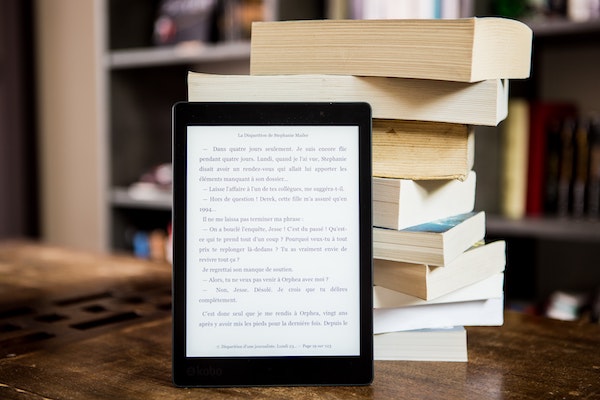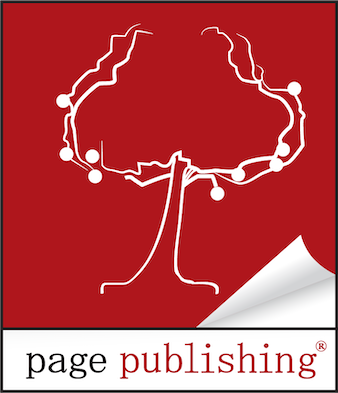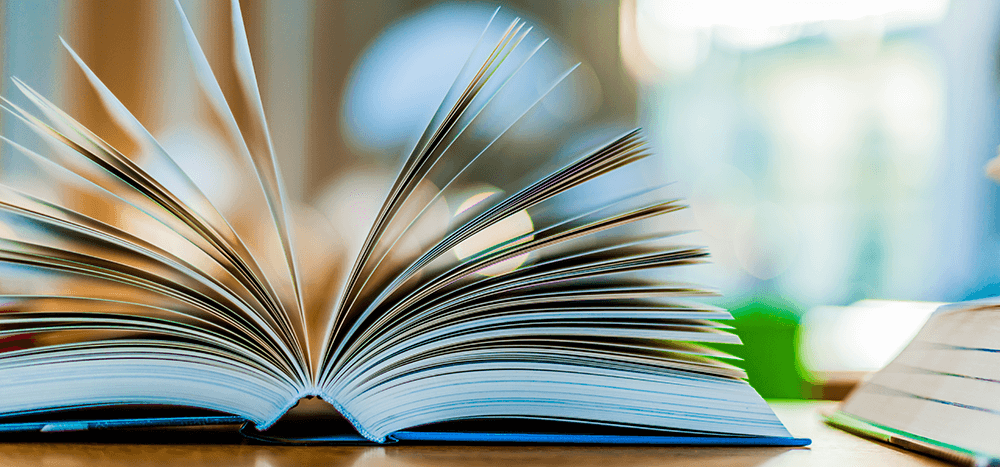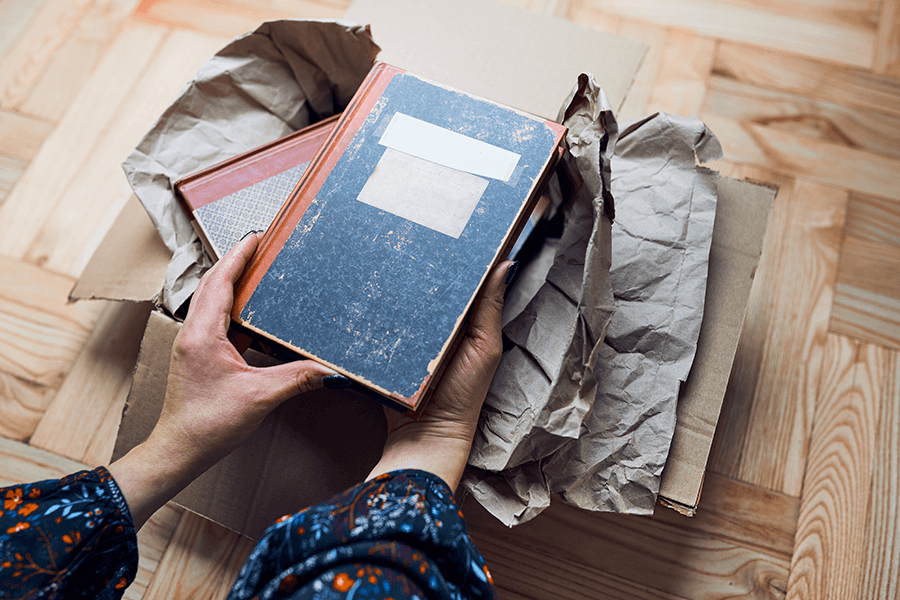
Converting a Book to an eBook: A Beginner’s Guide

In today’s digital age, the popularity of ebooks continues to soar, offering readers convenience and accessibility like never before. For authors and publishers, converting a traditional printed book into an ebook format opens up new avenues for distribution and reaches a wider audience. But how exactly is this transformation achieved? Let’s delve into the key points of the process.
1. Digitization: The first step in converting a book to an ebook involves digitizing the content. This typically involves scanning the pages of the printed book using specialized equipment or software. The scanned pages are then converted into digital files, such as PDFs or image files, which serve as the foundation for the ebook. This digitization affords additional benefits for readers through searchable text features on their favorite eReader options.
2. Formatting: Once the book is digitized, formatting becomes crucial for creating a polished ebook. This includes structuring the content into chapters, sections, and paragraphs for easy navigation on various devices. Formatting also involves adjusting fonts, font sizes, and spacing to ensure readability across different screen sizes.
3. Conversion Software: There are numerous software tools and platforms available for converting digital files into standard ebook formats such as EPUB or MOBI. These conversion tools streamline the process by automatically converting the content into the desired format while preserving formatting and layout.
4. Compatibility: Ensuring compatibility with various ebook readers and devices is essential. Ebook formats like EPUB and MOBI are designed to be compatible with a wide range of devices, including e-readers, tablets, and smartphones. Testing the ebook on different devices ensures that the formatting remains intact and the reading experience is optimized for each platform. By maintaining a universal formatting, readers from across the globe will be able to access your book quickly and efficiently.
5. Adding Enhancements: Depending on the content and target audience, authors may choose to enhance the ebook with multimedia elements such as images. These enhancements can enrich the reading experience and add value to the ebook, but they should be implemented judiciously to avoid detracting from the core content.
6. Distribution: Once the ebook is finalized, authors and publishers have several options for distribution. With numerous eBook platforms already available and more joining the fray regularly, publishers and authors will have a dynamic platform to reach a broader audience.
7. Marketing and Promotion: Finally, marketing and promotion play a crucial role in the success of an ebook. Authors can leverage social media, email newsletters, book blogs, and other online channels to generate buzz and attract readers to their ebook. Typically less costly than their printed counterparts, eBooks are emerging as a cost-effective and easily accessible option for readers.
In summary, converting a book to an ebook involves digitizing the content, formatting it for readability and compatibility, converting it into standard ebook formats, adding enhancements as needed, and distributing it through various channels. By following these steps and leveraging the power of digital publishing, authors can reach a global audience and make their books accessible to readers everywhere.





